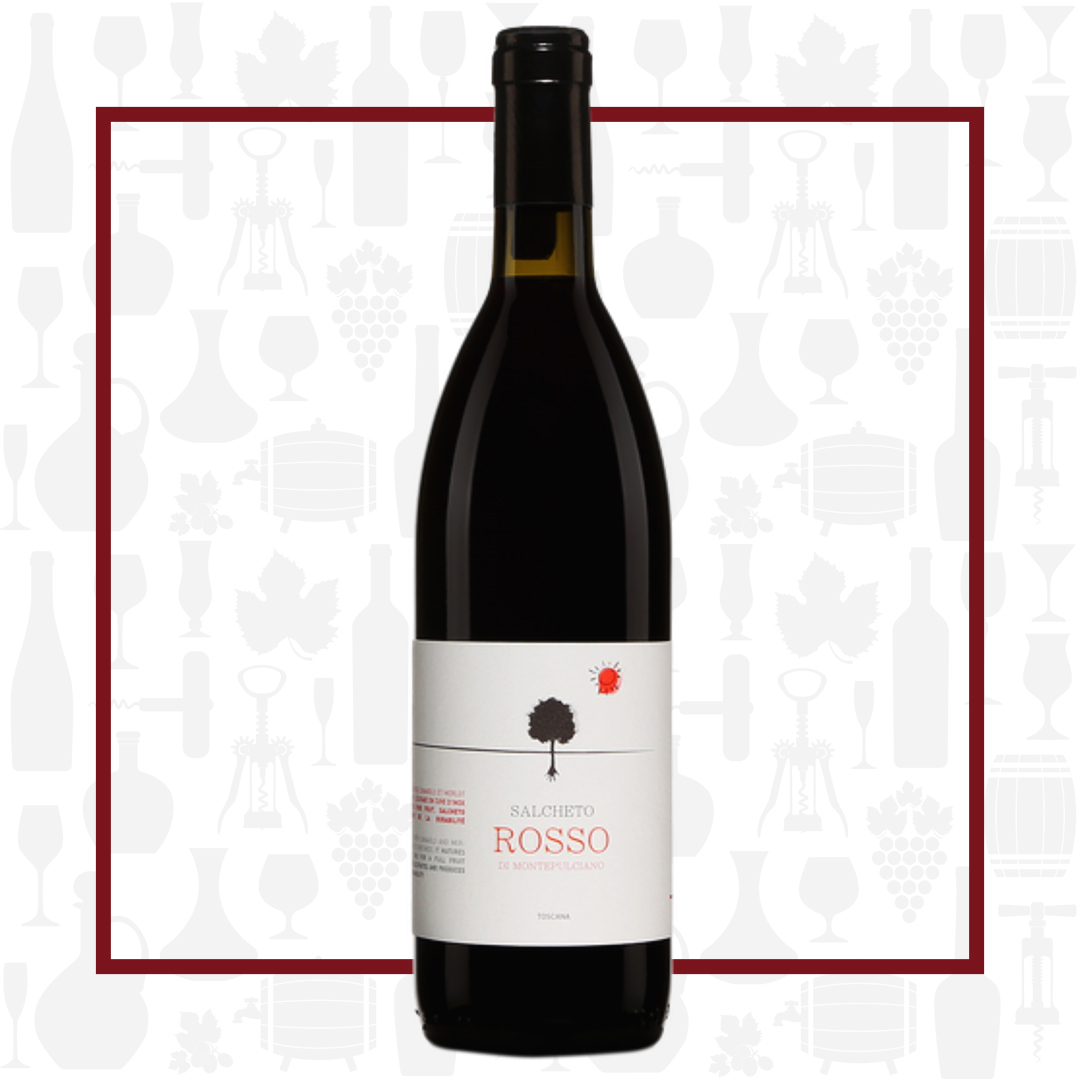Cellar Profile
Established in 1984, Salcheto is the creation of viticulturist and winemaker, Michele Manelli. Michele’s genuine passion for refined and delicate wines has propelled this tiny estate into one of Montepulciano’s top producers. His mission is simple and clear: seek quality, both in the vineyard and the cellar, with an unfailing respect for the character of the grapes. Manual collections, sulfite-free vinifications, native yeasts, “Tuscan Governo” method and large botte and tonneaux barrels are the tools used to produce wines that are elegant and soft, with pronounced aromas and uniqueness for each vintage released. Though lesser known than Chianti Classico and Brunello di Montalcino, Vino Nobile offers incredible value and an earlier drinking window for Tuscan wine lovers. Geographically situated between its more famous neighbours, Vino Nobile’s style takes the best from each—bright and supple, concentrated and powerful. Salcheto is an ‘off the grid’ winery operating one of the wine world’s only energy-independent cellar systems. Along with countless other environmental initiatives, this led to Salcheto being named Gambero Rosso’s Sustainable Winery of the Year in 2014. Their 50 hectares of organically- and biodynamically-farmed vines are planted with Prugnolo Gentile (Sangiovese), Canaiolo, Mammolo, Colorino, Merlot and Trebbiano. Their ‘Obvius’ lineup offers a clean, modern style of natural wines made from, as Michele puts it, ‘grapes only’.
Region
Rosso di Montepulciano is a DOC for red wines based on the Sangiovese grape located in Tuscany, central Italy. It is the junior appellation associated with the Vino Nobile di Montepulciano DOCG. Generally this wine (like its neighbor Rosso di Montalcino and its relation to Brunello di Montalcino) is an easier-drinking, fresher and fruitier version of the senior wine, though it is shorter lived. Amendments made to the regulations in 1999 led to the Rosso di Montepulciano wine style which exists today. Regulations now allow the Rosso to be made in the same area of production around the town of Montepulciano and from similar grape varieties as its better-known sibling. There are two slight differences between the two siblings: yields tend to be a little higher for the Rosso, which is allowed 7,000 liters per hectare compared to Vino Nobile’s 5,600 liters per hectare. The DOC wine is also released much earlier than its brother, only requiring six instead of 24 months of aging.
Vineyard
Produced with grapes from the youngest vineyards of the Montepulciano estate, as well as with dedicated first selections. The Salcheto 12 hectare vineyard is biodynamically farmed.
Winemaking
Manually harvested, sulphite-free fermentation in stainless steel inducted by native yeasts. The Rosso is then aged in stainless steel for four months with three months of refinement in bottle.
Varieties
Sangiovese, a dark-berried vine, is the most widely planted grape variety in Italy. Virtually synonymous with the red wines of Tuscany and all the romanticism that goes with the territory, Sangiovese is the core constituent in some of the great names in Italian wine. It is prized for its high acid, firm tannins and balanced nature. Savoury flavours of dark cherries and black stone fruit are characteristic and may be backed by secondary notes of tomato leaf and dried herbs. The use of oak has become more popular and this coaxes richer flavours from the grapes, tending toward plum and wild raspberry.
Tasting Notes
A youthful, versatile Tuscan red with tons of verve and energy. Loaded with Sangiovese’s classic bright, dark cherry alongside more subtle notes of earth, anise and violets. The palate is soft and effortless, with ripe, moderate tannins and gentle, mouthwatering acidity. A near perfect ‘House Red’.

